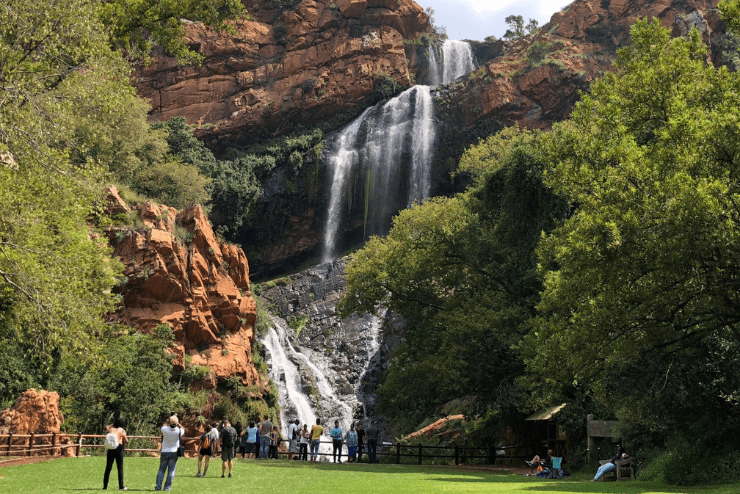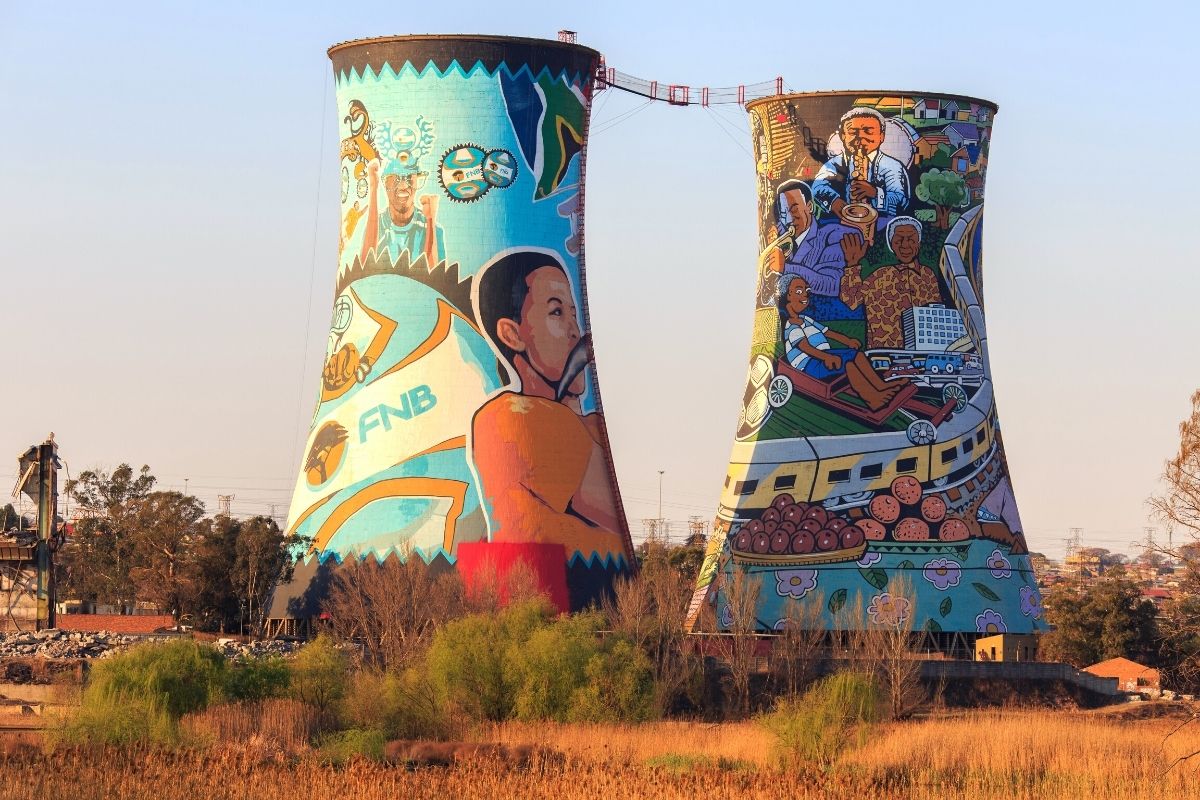The Single Strategy To Use For Johannesburg North Attractions
The Single Strategy To Use For Johannesburg North Attractions
Blog Article
Facts About Johannesburg North Attractions Revealed
Table of ContentsJohannesburg North Attractions for DummiesThe smart Trick of Johannesburg North Attractions That Nobody is DiscussingWhat Does Johannesburg North Attractions Mean?Johannesburg North Attractions Things To Know Before You Get ThisThe smart Trick of Johannesburg North Attractions That Nobody is Talking AboutThe Best Strategy To Use For Johannesburg North Attractions
The city grew on the edge of the Witwatersrand Key Reef, a below ground stratum of gold-bearing quartz-silica empire that arcs for hundreds of miles beneath the Highveld - Johannesburg North attractions. Most of the gold mines in the city ceased operation in the 1970s, yet in its day the Witwatersrand gold sector accounted for more than 40 percent of the world's annual gold production.Johannesburg has a warm climate. The city takes pleasure in regarding 8 hours of sunlight per day in both winter season and summer season.
What rainfall the city obtains falls almost exclusively in the summertime, frequently in incredible late-afternoon electrical tornados. Air air pollution presents a considerable trouble, specifically in the winter season, when thermal inversions hinder the westward flow of air from the Indian Ocean. Air pollution is most severe in the densely settled Black territories on the city's periphery, where many locals still count on coal for fuel.

Some Known Incorrect Statements About Johannesburg North Attractions
The balance of the city is inhabited by whites. Accommodation differs in personality and high quality. Soweto is well-known for its unlimited rows of municipally built, two-room matchbox homes, yet it also has a couple of flourishing territories as well as brimming squatter camps, where tens of thousands live without water, electrical energy, or cleanliness facilities.
Physical growth, although somewhat restricted by transportation, proceeded promptly as migration to South Africa, and Johannesburg specifically, increased significantly. This issue was resolved in the 1930s when the auto was introduced in automation to South Africa. Autos were, for the many component, confined to the rich, and allowed them to relocate to the north of the city and commute into the centre.
A lot of inadequate suburban areas were combined, with inadequate blacks and whites living with each other, although the wealthy suburbs were usually reserved for whites. This changed with the political election of the National Event in the 1948 political elections, who began to formalise the system called racism. Racism formally assigned which suburban areas each race could live in under the Team Areas Act.
The previous system of eleven phoned number regions was reorganised in 2006. Marshalltown, as seen from the top of the Carlton Centre. The M1 and M2 run behind the structures, and the southerly suburban areas expand past the freeway boundary. The central city of Johannesburg is situated within the city's Region F. The number of individuals living in the internal city on a casual basis is unknown, as numerous are unlawful immigrants. The unemployment, education and learning, and age profiles of the location are all unknown, due to the difficulty of getting dependable info about the location.
Johannesburg North Attractions Can Be Fun For Anyone
Yeoville and Bellevue have a mix of apartment and solitary residential units on little whole lots. The region is located on a hilly divide that ranges from eastern to west. One of the most conspicuous geographical feature is Observatory Ridge, which is named for the large observatory located on it. The leisure areas are no more utilized, because of protection issues.

Johannesburg Arena, a training ground for both the Golden Lions and Orlando Pirates, is adjacent. The eastern suburban areas of Johannesburg lie in the city's 7th [] and 9th [] areas. The area is additionally functionally integrated with East Rand border towns beyond the main limit of Johannesburg, such as Bedfordview and Edenvale (both part of Ekurhuleni Metropolitan Community).
Things about Johannesburg North Attractions
The eastern suburbs are some of why not try these out the oldest areas of Johannesburg, there are huge communities of Jewish and other European histories, the majority of the populace is English talking. There are three golf training courses as well as a number of secured ridges with viewsites.
The area is primarily composed of old "matchbox" homes, or four-room residences developed by the government, that were built to provide inexpensive lodging for black workers during racism. Soweto is an abbreviation, standing for "South Western Townships". Street after street in this field is lined with matchboxes; nevertheless, there are a couple of smaller areas where prosperous Sowetans have actually constructed homes that are much more similar in stature with those in more upscale suburbs.
Hostels are one more famous physical attribute of Soweto. Originally developed to house male migrant employees, lots of have been improved as homes for couples and households. The N1 Western Bypass skirts the eastern limit of Soweto. The residential area was not traditionally see enabled to produce work centres within the location, so practically all of its homeowners are travelers to various other components of the city.
About Johannesburg North Attractions
The domestic areas in the northern suburbs are generally formal, with no considerable areas of informal real estate, or housing that lacks a long-term structure. This is a well-known area, there is a pattern of land use change from household to industrial, specifically along main arterial roadways and around well-known nodes.
Roadways to the east and west are less well created, as there are no highways taking a trip in that direction. In the direction of the north border of the city, the density of development lowers, leaving big locations of primitive land around Midrand.
The 6-Second Trick For Johannesburg North Attractions
, which is situated on a hillside neglecting the inner city find out here and Hillbrow.
Report this page